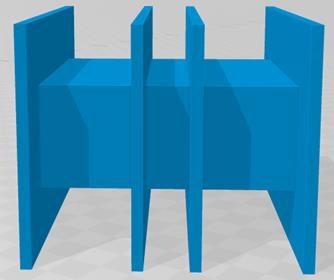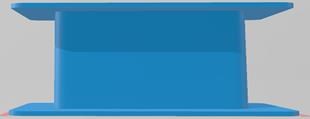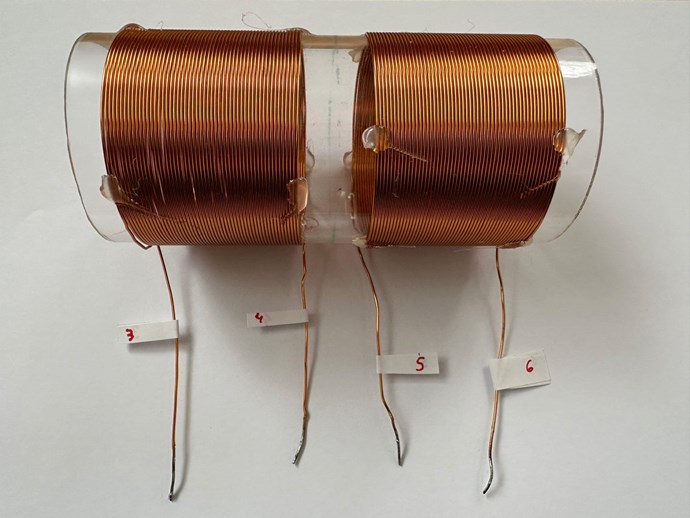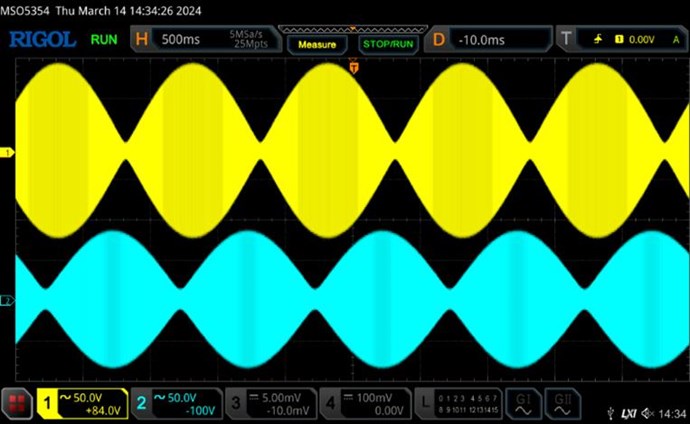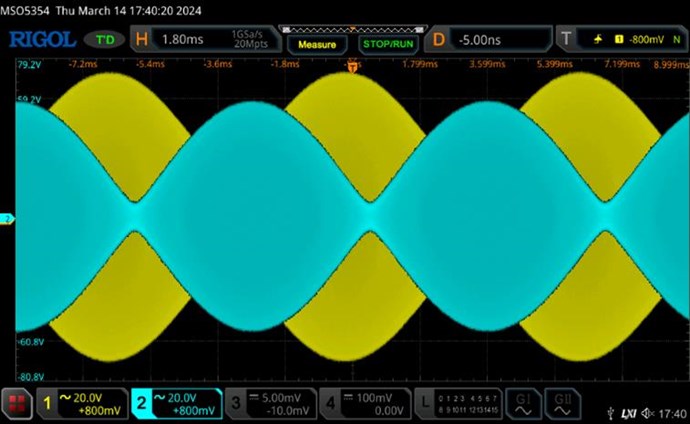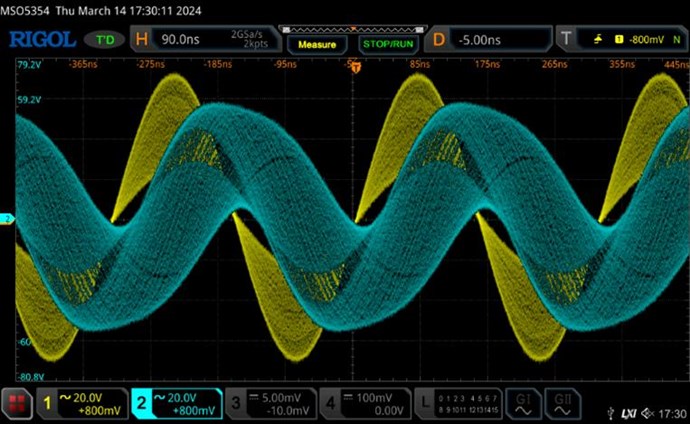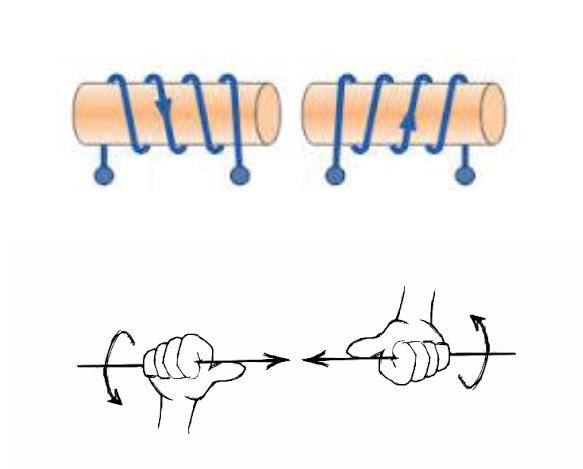Hi Chris,
Thanks for allowing us to join the group by having setup mine and my colleague’s account. Normally I do not post in forums because of their very bad communication and lack of respect.
This forum is by far the most accurate and serious I’ve seen. Congratulations!!!
In this spirit we want to share our setups and findings.
A colleague of mine and I are replicating the “partnered coils experiment” described by you in different threads in this forum. Both of us are replicating it in their own lab, due to their distant location.
We focused to fulfil the following requirements:
§ For L1, di/dt must be as high as possible. The slope of the current for a defined period, must be maximised.
§ To achieve a steep current slope, the dc-resistance of the coil must be as low as possible.
§ Therefore, the number of turns must be minimized to maximise the voltage amplification on the POCs.
§ L1 and L2 must be wound in the same direction to support each other. L3 in the opposite.
§ L1 on be wound on L2
§ L1 must be driven at resonance frequency of the POCs or a harmonic of. With the consequence that XC=XL so that only the DC-resistance of L1 is “active”.
§ The input signal (trigger) of L1 must be a dc-pulse with a very low duty cycle (≤10%), on-time.
§ The L1 pulse duration should be a quarter wavelength of the POCs resonant frequency.
§ The POC-coils must be small in length, so to maximise the B-field.
§ The POC-coils must have as many windings as possible. This is one of the ways how to increase the voltage in the POCs.
§ Current must flow in the POCs so to manifest the effect. That means there must be an appropriate Load.
§ The current in the POCs must be able to flow very rapidly. Which at the end of the regauging-period, the POCs magnetic fields “slap” together, and produce the positive and negative overshot (immediately after the ramp-up phase). This can be done in different ways as could be seen in Don smith devices. (Varistor, TVS, Spark-gap, etc.). But for the beginning we will stick on the circuit proposed by you with the lamp, 0.1ohm resistors and diodes to get familiar with the characteristics of this effect.
There are some other points, but I will not list them for the moment, because they would overcomplicate the experiment.
Have I missed an important Requirement so far?
Regards




